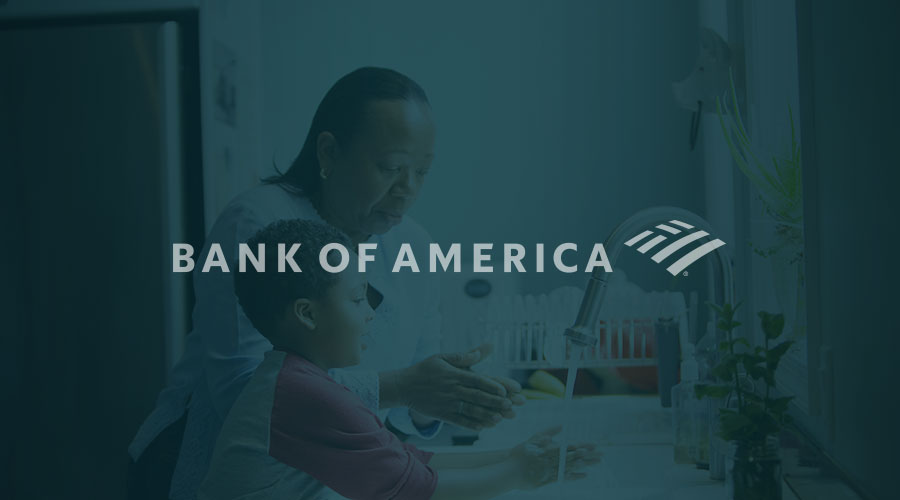Purchasing a home in this country is one of the most effective ways to build wealth. But, when structural racism blocks thousands of Black families from buying a home, it worsens the country’s already fierce racial wealth gap. Efforts like Bank of America’s $15 billion Community Homeownership Commitment provide a variety of solutions to make homeownership more affordable and sustainable, in turn helping to mend the gap and support a more equitable future.
Since the late 2000s and 2010s when the housing bubble burst, the Black-white homeownership gap has increased: from 28.1% points in 2010 to 30.1% points in 2017. A 2019 report by Urban Wire examined key variables that could help explain the widening gap, including the role of factors like income, education, credit score and marital status. The researchers found that the consequences of historical and structural racism, such as differences in parental (aka generational) wealth and public policy decisions, have made it extremely tough for Black households to achieve homeownership, and its benefits.
“Because of these historical inequities and a failure of federal and local public policy to address the issues head on, efforts to close the black-white homeownership gap will not succeed without significant steps focused on dramatically reducing the gap,” notes the report.
Bank of America’s Investment in Closing the Homeownership Gap
While state and federal government mortgage programs play an important role, private sector groups like financial institutions can also help mend this divide. Bank of America’s programs provide a multilateral approach to expanding homeownership across the U.S. The bank’s Down Payment Grant program gives homebuyers in select markets 3% of the home purchase price up to $10,000. These funds do not require repayment.
Bank of America’s home grants offers eligible buyers a lender credit of up to $7,500 to be used for non-recurring closing costs or to buy down their interest rate, and their Down Payment Center helps homebuyers search for down payment and closing cost assistance programs near them.
Moreover, the commitment also provides a variety of resources to potential homeowners, such as the bank’s Real Estate Center. The Center identifies down payment and closing cost grant-eligible properties for sale across the country. The bank’s First-Time Homebuyer Online Edu-Series provides guidance to demystify home finance. All of these programs expand access to homeownership, thus helping to close this vast racial divide.
Empowering Communities Through The 2% Solution
Investments like these by corporations such as Bank of America, Apple and Goldman Sachs display their commitment to racial justice, empowering communities and consumers across the country. Robert F. Smith has championed The 2% Solution as a way to connect corporations with communities that need their particular areas of expertise through thoughtful investment. According to the plan, large corporations can use 2% of their annual net income for the next decade to empower minority communities.
This type of community investment by corporations could help right some of the wrongs of structural racism, which are apparent in the lack of investment in those communities. Smith said. “If you think about structural racism and access to capital, 70% of African American communities don’t even have a branch, bank of any type,” Smith has noted.
There have been many calls of support for the plan, including by HOPE Credit Union CEO Bill Bynum. Bynum called The 2% Solution “bold, yet simple,” saying that it “offers a guide for moving forward.”
Netflix put their support of Black communities into concrete action, stating they would pledge 2% of their cash earnings to banking institutions that support Black communities to “fuel social mobility and opportunity in the low- and moderate-income communities these groups serve.”
Smith has stated that he sees real progress to close the racial wealth gap through the country’s financial services sector providing billions in capital to Black-owned banks, building wealth for Black families. This applies across all sectors, from health care to technology to retail.
Read more about The 2% Solution and corporate investments in racial justice.






